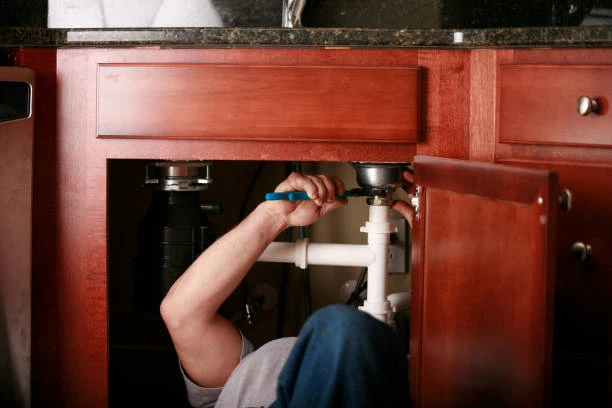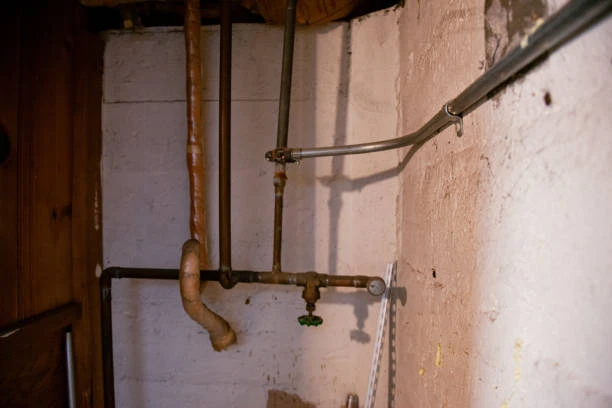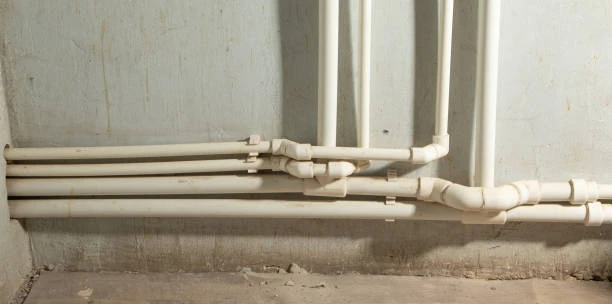Faucet Maintenance to Prevent Corrosion and Rust
Push valve taps for basins offer sleek design, water-saving functionality, and ease of use. But just like any plumbing fixture, they are not immune to corrosion or rust. These issues, if left unaddressed, can shorten the lifespan of your tap and affect water quality. Fortunately, with proper care and regular maintenance, your push valve tap can continue to function efficiently for years.
This guide covers all aspects of push valve tap maintenance. From understanding copper valves to choosing the right materials and installation techniques, we’ll walk you through how to keep your basin taps corrosion-free. Whether you’re a homeowner, contractor, or facility manager, you’ll find practical tips to maintain the durability and performance of your plumbing system.
Frequently Asked Questions
What is a push valve tap for a basin?
A push valve tap is a type of self-closing faucet commonly used in public washrooms or residential basins. It operates when pushed and automatically shuts off after a few seconds, helping conserve water.
Why does my tap have brown stains?
Brown stains usually result from iron or rust in your water supply or internal corrosion in the tap itself. Regular flushing and occasional internal cleaning can help.
Can I replace parts of a push valve tap?
Yes. Most push valve taps allow for replacement of internal cartridges, rubber washers, and springs. These parts are widely available and easy to install.
How do I prevent rust on a chrome finish tap?
Dry the tap after use, avoid using abrasive cleaners, and regularly polish with a soft cloth. Wax-based protectants also help.
Do push valve taps work with hot water?
Some models are designed for cold water only. If hot water use is required, choose a tap specifically rated for high temperatures.
Copper Valves: Definition and Main Characteristics
Copper valves are widely used in plumbing systems due to their unmatched reliability. Made primarily from brass (a copper-zinc alloy) or pure copper, these valves regulate water flow and ensure leak-free connections.
Key characteristics include:
Excellent Corrosion Resistance: Copper forms a protective oxide layer.
Thermal Stability: Performs well under both hot and cold conditions.
Long Life Cycle: Often lasting over two decades with minimal issues.
Easy Compatibility: Connects well with copper, PEX, and PVC piping.
push valve taps for basins offer a dependable solution in plumbing where performance and durability are critical.
Common Applications of Push Valve Taps for Basins
Push valve taps serve various purposes across different sectors:
Public Restrooms: Popular in airports, schools, and shopping malls to reduce water usage and eliminate continuous flow.
Residential Bathrooms: Increasingly adopted in water-conscious homes for children’s safety and ease of use.
Healthcare Facilities: Encouraged for hygiene purposes due to hands-free operation after use.
Hospitality Industry: Widely installed in hotel lobbies and restaurants for their stylish yet functional design.
Factories and Workshops: Found in staff hygiene stations to ensure controlled water use.
Their self-closing mechanism minimizes wastage, making them environmentally friendly and cost-effective over time.
Buying Guide: What to Look For in a Push Valve Tap
When choosing a push valve tap for your basin, several important factors should guide your decision:
Material Selection:
Prefer taps with a solid brass body and chrome or stainless steel finish. These resist corrosion better than plastic alternatives.
Surface Coating:
Choose taps with electroplated chrome or white ceramic coating. These offer better protection against rust and scratches.
Valve Type:
Ensure it uses a durable push cartridge or mechanical spring system. Ceramic valve mechanisms are ideal for longer life.
Water Pressure Compatibility:
Check the pressure range. Most quality push taps function well within 0.5–6.0 bar.
Certification & Standards:
Look for products certified with ISO, CE, or NSF markings to ensure they meet global safety and performance standards.
Installation Considerations for Push Valve Tap for Basin
Installing a push valve tap requires attention to detail to avoid early corrosion or failure. Follow these tips:
Flush Piping Before Installation: Removes debris that can damage internal components.
Use the Correct Tools: Avoid steel pliers on chrome surfaces. Use soft-jawed wrenches.
Seal Joints Properly: Apply Teflon tape around threaded areas to prevent leakage.
Avoid Over-Tightening: Excess pressure can crack ceramic valves or deform soft parts.
Test for Leaks Immediately: After installation, run water to check for drips around connections.
Following these simple steps ensures long-term performance and avoids common problems like internal rust or valve sticking.
Copper Water Valves vs Plastic Valves: A Side-by-Side Comparison
| Feature | Copper Valves | Plastic Valves |
|---|---|---|
| Durability | High – suitable for long-term use | Moderate – can degrade over time |
| Corrosion Resistance | Excellent, especially with coating | Resistant to rust but prone to UV damage |
| Cost | Higher initial cost | Lower upfront, frequent replacement needed |
| Temperature Resistance | Withstands high heat and cold extremes | Limited to medium-range temperatures |
| Installation Flexibility | Compatible with various fittings | Lightweight but less versatile |
| Eco-Friendliness | Recyclable, low environmental impact | Less eco-friendly, often not recyclable |
While plastic valves are budget-friendly, copper valves are the preferred choice for reliability and long service life—especially in areas with variable water quality or high usage.
Conclusion
Maintaining your push valve tap for basin is more than just cleaning its surface. It’s about preserving the internal components, choosing the right materials, and installing the tap properly. Corrosion and rust can be avoided with simple habits—like drying the tap, flushing your pipes, and using non-abrasive cleaners.
With growing emphasis on water efficiency, push valve taps are becoming increasingly popular. Their self-closing feature reduces water waste while delivering a modern, functional touch to bathrooms in homes and businesses alike. And by pairing them with durable copper valves, you ensure the best long-term results.
Connect with IFAN
With over 30 years of experience, IFAN is a trusted name in the piping and valve industry. Whether you’re sourcing push valve tap components or building a full plumbing system, IFAN offers a wide selection of copper valves, plastic fittings, and certified piping solutions to meet your project needs.
Reach Out to IFAN:
For more information,pls visit our webside https://waterpipefitting.com/
Pls Mailto: [email protected]
Whatsapp: +86 15088288323
We reply within 24 hours and provide technical support for any queries regarding product compatibility, installation, or certification standards.
IFAN Product Certifications and Global Standards
IFAN’s products meet strict international standards, including:
ISO: 15874, 15494, 1452
EN Standards: EN 15874, EN ISO 15494
ASTM: F2389, D1785 SCH40/80, D2665, F441/F441M
DIN: 8077, 8078, 8061, 8062
GB/T and NBR: 18742, 19472, 10002
Other Recognized Marks: CSA B137.6, AS/NZS 1477, JIS K6741, NSF/ANSI 14, BS 3505, BS 4346
These standards confirm the durability, safety, and efficiency of IFAN products across various installations and climates.














Recent Comments